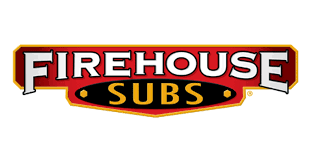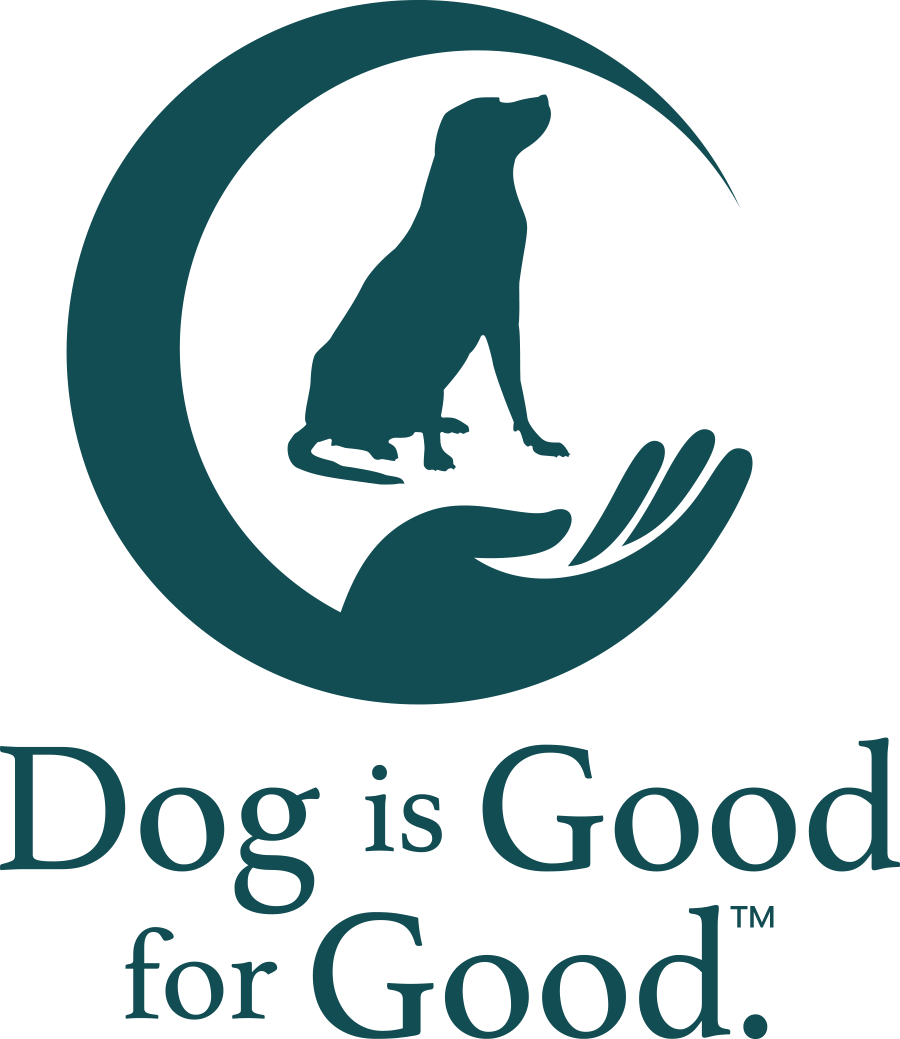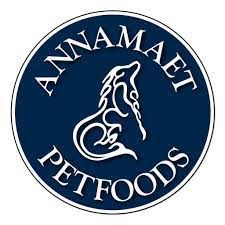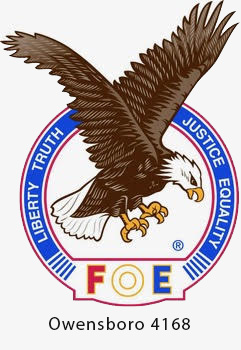We Provide
Providing resources for professional SAR handlers to become more efficient in their capabilities
Who We Are
PROVIDING SUPPORT FOR SEARCH AND RESCUE K9 HANDLERS AND THEIR K9’S WITH EDUCATION, TRAINING & CERTIFICATION
Kentucky K-9 Search and Rescue Foundation is a nonprofit organization which functions to help strengthen the capabilities of Search and Rescue K9 handlers. Providing support for themselves and their K9’s with Education, Training and Certification.
The foundation was created in hopes to help alleviate some of the financial burdens incurred by K-9 Search and Rescue Volunteers to become and remain competent in their efforts to find the lost and missing.

Sar k9’s?
What are SAR K9s?
Search and rescue K9’s are highly trained resources that are deployed to search for lost and missing loved ones. They are handler owned, maintained, trained and operated.
Search and Rescue Dogs are trained to do a specific job. Whether it be to search and locate human scent of a missing or lost person, or human remains. Some of the areas they train and are deployed in are urban, suburban, rural and wilderness. Under snow and bodies of water as well. Collapsed buildings and natural disasters.
— Meet Rocco
Rocco is a 7 year old German Shepherd that has been training in Search and Rescue for 5 years. Starting out in trailing, then area search and lately has been training HRD. He has been certified by Judy Braun of Bluegrass Bloodhounds in Leitchfield KY. He is also a KY State Certified Trailing and Area Search Dog. He has earned his AKC Canine Good Citizen Certificate as well as the AKC CGC Urban Certificate. Rocco is a team member of Commonwealth Canine Search and Recovery. He has assisted with many cases and several agencies.
Recently, he passed the Land HRD test issued by Terry McGauley.

Types of sar k9s
01.
— Trailing
Trailing dogs are trained to follow a specific human scent. The trail taken may or may not be the exact path and airscenting is commonly also used due to factors such as wind, temperature, contamination ect. The dog can locate the subject’s direction of travel starting at their point last seen.
02.
— Tracking
Tracking dogs will find and follow the freshest track from the last known point of the subject. Usually footprint to footprint.
03.
— Disaster Search
Disaster Search dogs are employed to search any structures for trapped people in response to an earthquake, tornadoes or any man made or natural disasters.
04.
— Avalanche Search
Avalanche Search dogs have a job of detecting any human scent under snow.
05.
— Human Remains Detection /
Cadavers
These dogs are specially trained to find human decomposition scent and alert their handler to its location. Cadaver/HRD dogs can locate entire bodies. This includes buried or submerged, decomposed bodies, fragments and skeletal remains. This includes hair, tissues, blood and bones.
06.
— Water Search
Water Search dogs detect and alert on the scent of a human in a body of water. Typically human remains. Water dogs typically also trained as cadaver dogs can be useful in situations such as drowning.
07.
— Evidence / Article Search
Evidence/Article Search dogs are used to search, locate and alert on anything with human scent. Typically used by Fish and Game Wildlife Officers.
08.
— Air Scent / Wilderness
Airscent/Wilderness dogs typically work with their nose in the air to locate any human scent in the area. These type of dogs can cover large areas very quickly by working off lead.


































